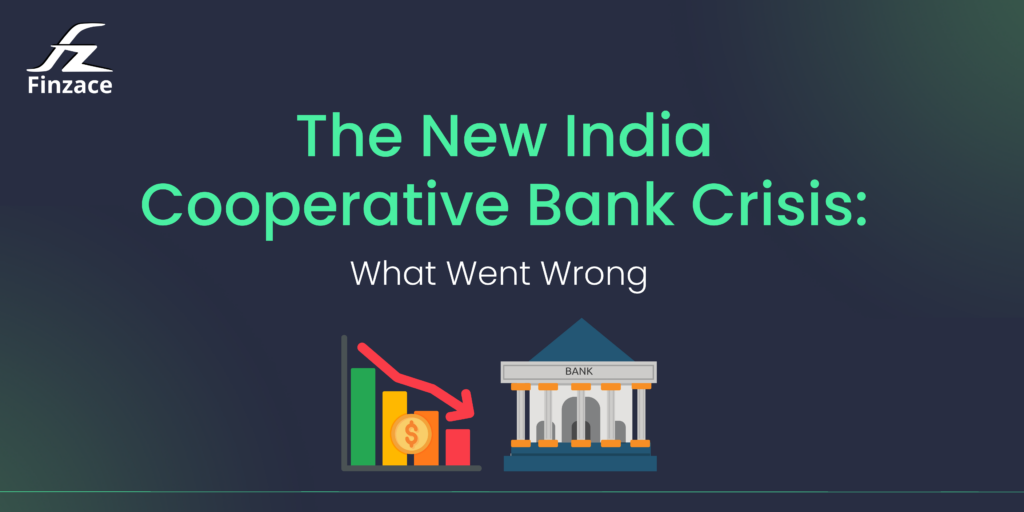A breakdown of the recent banking failure that has sent shockwaves through Mumbai’s financial community
The Sudden Collapse
On February 13, 2025, many Mumbai residents woke up to devastating news – the Reserve Bank of India (RBI) had imposed severe restrictions on New India Cooperative Bank, effectively freezing the assets of around 130,000 depositors. Long queues formed outside branches as panicked customers tried to access their savings, only to be turned away.
“I have my entire life savings here,” said one elderly depositor who wished to remain anonymous. “How am I supposed to pay for my medical expenses now?”
This wasn’t just another banking hiccup – it was the culmination of years of mismanagement, fraud, and regulatory failures.
A Financial Disaster in Numbers
The bank’s financial health had been deteriorating for years:
- ₹22.78 crore loss for financial year ending March 2024
- ₹30.75 crore loss the previous year
- ₹2,436 crore in deposits now at risk
- ₹122 crore allegedly siphoned off through fraud
The Shocking Fraud Allegations
At the heart of this banking crisis lies a disturbing criminal element. RBI inspections uncovered ₹112 crore missing from the Prabhadevi branch and another ₹10 crore from the Goregaon branch.
The arrest of Hitesh Mehta, the bank’s former general manager, sent shockwaves through Mumbai’s banking community. Investigators allege he played a central role in orchestrating the disappearance of ₹122 crore – money that belonged to everyday depositors who trusted the institution with their hard-earned savings.
A Perfect Storm of Mismanagement
The bank’s failure wasn’t just about fraud. Several factors created this perfect storm:
- Reckless Lending Practices
Corporate loans were reportedly approved without proper due diligence, leading to mounting non-performing assets. The bank’s loan portfolio shrank significantly, dropping from ₹13.30 billion to ₹11.75 billion in just one year. - Governance Breakdown
Under former chairman Hiren Bhanu, oversight appears to have been minimal. Red flags raised by employees went unaddressed. The RBI ultimately took the drastic step of dismissing the entire board and appointing Shreekant, a former SBI executive, as administrator. - Liquidity Crisis
As losses mounted, the bank found itself unable to meet its obligations to depositors, triggering the RBI’s intervention.
What This Means for Depositors
While the situation remains dire, depositors should know:
- Deposits up to ₹5 lakh are protected under the DICGC insurance scheme
- The RBI has appointed an administrator to stabilize operations
- Restrictions are currently set for six months, though this period could be extended
The Broader Implications
This crisis raises serious questions about cooperative banking oversight in India. How could such extensive fraud go undetected for so long? Were there warning signs that regulators missed?
The New India Cooperative Bank failure serves as a sobering reminder that even established financial institutions require rigorous oversight and robust governance. For many Mumbai families, this lesson has come at an extremely high personal cost.
As investigations continue, the banking community and regulators must extract meaningful lessons from this failure to prevent similar crises in the future. Meanwhile, thousands of depositors wait anxiously, hoping to someday regain access to their funds.
Explore safer alternative investments at Finzace and protect your financial future.



